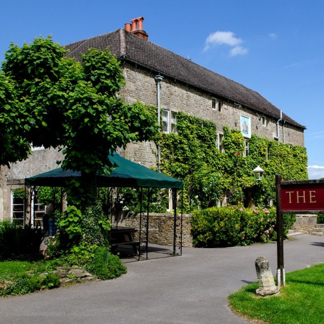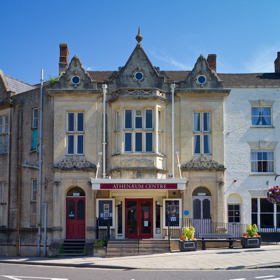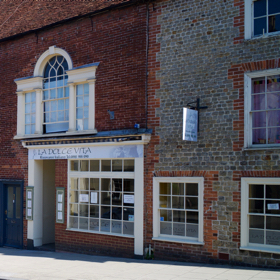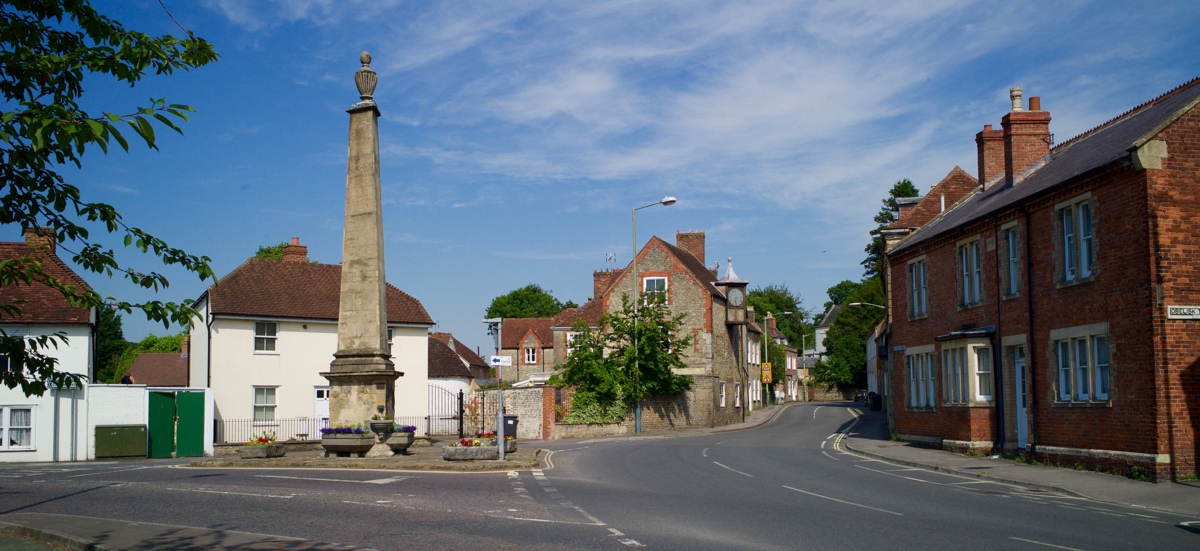Warminster or ‘Wereminster’, derived its name from the Minster church which was built within a loop of the river Were in Saxon times.
Warminster is situated on the edge of Salisbury Plain and towards the head of the Wylye Valley with its pretty villages and rolling landscape.
The area has many nature trails, bridleways and footpaths providing excellent opportunities for walking, cycling and riding activities. It lies at the foot of the downs on the Somerset border surrounded by seven hills: Cley, Arn, Cradle, Copheap, Battlesbury, Middle and Scratchbury three of which are Iron Age hill forts.
The hill fort of Cley Hill, rises some 240m (775ft) above the surrounding area and a walk to the top is rewarded with panoramic views of the rolling countryside that surrounds the town.To the south are the house and landscaped gardens of Stourhead, and to the west Longleat House the home of Lord Bath and its famous Safari Park.
Historic Warminster
The town was first settled in the Saxon period although numerous earlier settlements are nearby, including the Iron Age hill forts Battlesbury Camp and Cley Hill. The town’s prosperity is owed to the growth of the wool and cloth industry and its corn market. This led to the building of the Minster Church of Saint Denys in a grove sacred from pre-Christian times .
Many of the buildings which survive in Market Place owe their origin to the corn market days when they were used as stores and warehouses, with inns used by the buyers and sellers who came from many miles around.
During the English Civil War (1642–1645) the town is thought to have changed hands at least four times between the Royalist andParliamentary supporters. When James II came to the throne in 1685, the local gentry and the Wiltshire Militia supported him against the Duke of Monmouth who was defeated. From around 1610 there was a bell foundry operating in Warminster that was responsible for the casting of bells at Chippenham, Frome and other churches in Wiltshire and neighbouring counties.
Warminster has always had strong military connections, during the First World War thousands of soldiers from Australia, New Zealand and Canada were camped in the villages around Warminster particularly at Sutton Veny and Codford where training took place for life in the trenches. Between 1918 and 1919 Spanish influenza took hold and many Australians and prisoners of war died. The graves of many of these soldiers and 5 Australian nurses, can be found at St John’s the Evangelists Church in Sutton Veny and also at the UK’s second largest ANZAC cemetery in Codford St. Mary.
In 1943 in preparation for the Allied invasion of Europe, the people of Imber a village lying just to the north of Warminster, were given 47 days’ to leave their homes so the US forces could practise street fighting. After the war the village continued to be used for training particularly as a substitute for the urban environment of Northern Ireland. The village is still in the hands of the Ministry of Defence and access is granted on a number of days every year.
In the 1960's and early 1970's, Warminster became the centre of a UFO mystery that was unprecedented in the UK but not just with unidentified objects but also unidentified sounds, it became known simply as the ‘Thing’. It is thought the frequency of the UFO sightings was because Warminster was so close to Salisbury Plain and the military camps around the town.
Today the Town remains much what it always has been – a lovely market town, in the middle of beautiful countryside and at the hub of many attractions to entertain and inspire the whole family.




 WARMINSTER COMMUNITY HUB
WARMINSTER COMMUNITY HUB



























